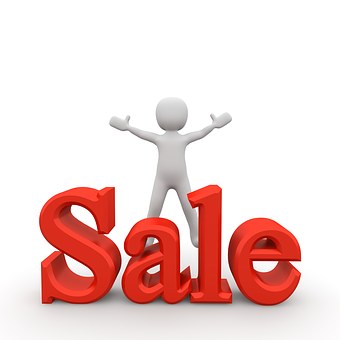Five Tips for buying a used Motorcycle
FUN Motorcycle Training “LLC” wants everyone to enjoy your entire motorcycle experience and this includes the purchase of your bike. If you are buying a used motorcycle here are a few helpful tips.
When buying a used motorcycle, emotion can be your worst enemy. Confronted with a bike that seems to fit your wants and needs to a T, you easily can allow unbridled enthusiasm to overwhelm good judgment. You begin picturing yourself motoring away on that steed, riding off into the sunset with a new sense of freedom and adventure. And while such thoughts are precisely what fuel most riders’ passion for the sport, they also can cause a used-motorcycle shopper to overlook a bike’s obvious flaws and potential problem areas.
But it doesn’t have to be that way. By keeping your emotions in check and focusing on the condition of a candidate machine, you stand a far better chance of taking home your future pride and joy instead of someone else’s toils and troubles.
To give you a better idea of the kinds of things you should look for, here are a few tips to consider when shopping for a used bike. There generally are few guarantees when buying used, but a little bit of patience and a fair amount of skepticism can go a long way toward assuring happiness with your new ride.
1. Do a Thorough Visual Inspection
Look for misaligned body parts and mismatched colors. Open the gas cap and look inside the tank for rust or corrosion. With the front wheel pointed directly ahead, sit on the bike and, as much as is possible with the naked eye, try to determine if the handlebars are evenly positioned or the triple-clamps are tweaked to one side or the other relative to the front end. Check the undersides of the lower frame rails and/or foot controls for deep scratches that run more side-to-side (indicating a low-side crash) than front-to-rear (the result of relatively harmless deep-lean cornering). Look closely for scratches under the paint, especially on a black frame; a quick coat of rattle-can paint can make that telling evidence harder to see.
2. Check for Leaks
Look under the engine and, if applicable, the radiator for signs of escaping fluids. Don’t just check for puddles under the bike, either; the seller may have rolled the machine to a spot-free location just before you arrived. Instead, run a finger along the underside of the engine, especially along gasketed surfaces, to detect signs of leakage. Also perform visual checks of all gasketed joints and plumbing connections. A leak in a small outer engine cover might not require a serious, costly repair but one in a main engine case might.
3. If You Can’t Take a Test Ride
Have the seller start the engine, preferably cold; that’s when they’re usually hardest to start, which can be an indication of an engine’s condition and state of tune. Listen for loud, unusual noises—heavy knocks, excessive valve clatter, odd rumbling sounds. Do not accept the “they all do that” explanation of those noises; maybe they do, but more than likely they do not. If possible and practical—and if the seller doesn’t seem like a complete squirrel—have him/ her take you for a ride so you can at least feel and hear the engine and transmission in actual operation.
4. If You Can Take a Test Ride
Make the same audible checks as described above, but pay close attention to engine and driveline behavior such as throttle response, power delivery, ease and accuracy of shifting, clutch engagement, etc. Try to detect any shimmy or vibration in the wheels and tires, and momentarily take your hands off the grips when riding in a straight line at 30 or 35 mph to see if the bike wants to pull strongly to one side or the other. Use the front and rear brake independently to identify a warped or glazed rotor, poor stopping ability or any other braking problem.
5. Get Help
If you aren’t very mechanically savvy, take someone along with you who is. A neighbor/friend/riding buddy who does all the mechanical work on his/her own bike is a good candidate, but failing that, ask one of the techs at a local dealership; you’d be surprised at how many would willingly accompany you to a potential purchase. If the bike you’re considering is a fairly expensive one, it could even be worthwhile to pay a professional mechanic to go with you.
You also can get a lot of useful information over the Internet. If you’re considering a certain year and model, there often are forums in which owners of those machines share their experiences and offer solutions to many problems. If you Google “buying a used motorcycle,” you’ll get links to lots of informative sites, but one of the better ones is www.clarity.net/adam/buying-bike.html. It goes into extraordinary detail regarding virtually every imaginable aspect of used-bike purchasing, including photos, a list of reference books and links to related websites.
FUN Motorcycle Training “LLC” hopes these tips will help.

